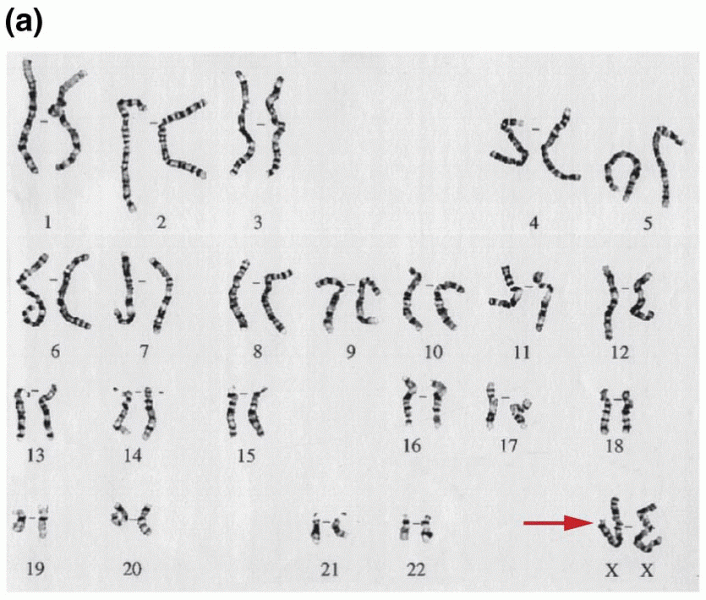Answer to Question 1
Correct Answer: 4
Rationale 1: The fact that the client reports that his girlfriend had similar symptoms last week would indicate that the two conditions may be related.
Rationale 2: This client's symptoms appear to be confined to the urethra. Most UTIs ascend from the urethra to the bladder, and do not descend from the bladder to the urethra.
Rationale 3: There is nothing to indicate that poor hygiene is related to this client's condition.
Rationale 4: The fact that the client reports that his girlfriend had similar symptoms last week is indicative of the possibility of a sexually transmitted disease.
Global Rationale: The fact that the client reports that his girlfriend had similar symptoms last week is indicative of the possibility of a sexually transmitted disease. This client's symptoms appear to be confined to the urethra. Most UTIs ascend from the urethra to the bladder, and do not descend from the bladder to the urethra. There is nothing to indicate that poor hygiene is related to this client's condition.
Answer to Question 2
Correct Answer: 4
Rationale 1: A bladder infection is cystitis. This client does have cystitis, but also has symptoms of another condition.
Rationale 2: Symptoms of urethritis would include discomfort during voiding. There should not be fever or urinary obstruction.
Rationale 3: Symptoms of acute pyelonephritis include fever and flank pain. It would not cause urinary obstruction.
Rationale 4: This client demonstrates symptoms of cystitis with prostatitis. The prostate becomes inflamed and can cause fever and urinary obstruction.
Global Rationale: This client demonstrates symptoms of cystitis with prostatitis. The prostate becomes inflamed and can cause fever and urinary obstruction. A bladder infection is cystitis. This client does have cystitis, but also has symptoms of another condition. Symptoms of urethritis would include discomfort during voiding. There should not be fever or urinary obstruction. Symptoms of acute pyelonephritis include fever and flank pain. It would not cause urinary obstruction.







